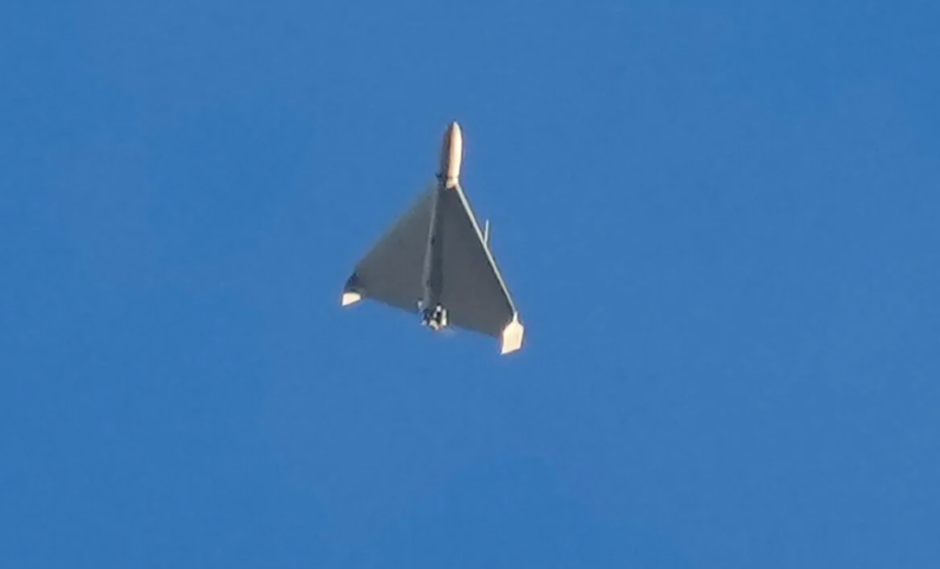The group of galaxies acting as a gravitational lens helped the researchers.
new Stady Two ancient, very distant galaxies have been found in the universe using the James Webb Telescope (JWST), he wrote Live sciences. These systems formed about 330 million years after the Big Bang, so they are about 30 million years younger than the oldest galaxy known to date, which was also found with the help of the James Webb Space Telescope.
He said: “The light coming from these galaxies is ancient, and is about three times the age of the Earth.” Joel Leija, from Pennsylvania State University and a member of the team. The expert emphasized that by examining its radiation, they can begin to understand the strange physics that governed the systems that formed near the cosmic dawn.
The newly discovered galaxies appear to be located in the Pandora cluster, Abell 2744, which has a mass of about 4,000 billion solar masses. Galaxy clusters are the most massive structures in the universe bound together by gravity.
The systems are not actually inside Abell 2744, but behind it. The cluster amplifies the light of galaxies billions of light-years away by acting like a huge magnifying glass, a so-called gravitational lens.
“At such distances, previously discovered galaxies are point sources, appearing as dots in our images. Others are rectangular, almost hazelnut-like, and still others resemble a thin sphere.” Benjie Wang, researcher at Pennsylvania State University. He added that it is not clear whether the size difference is due to how the stars formed or what happened to them after they formed, but the difference in the properties of galaxies is really interesting.












































